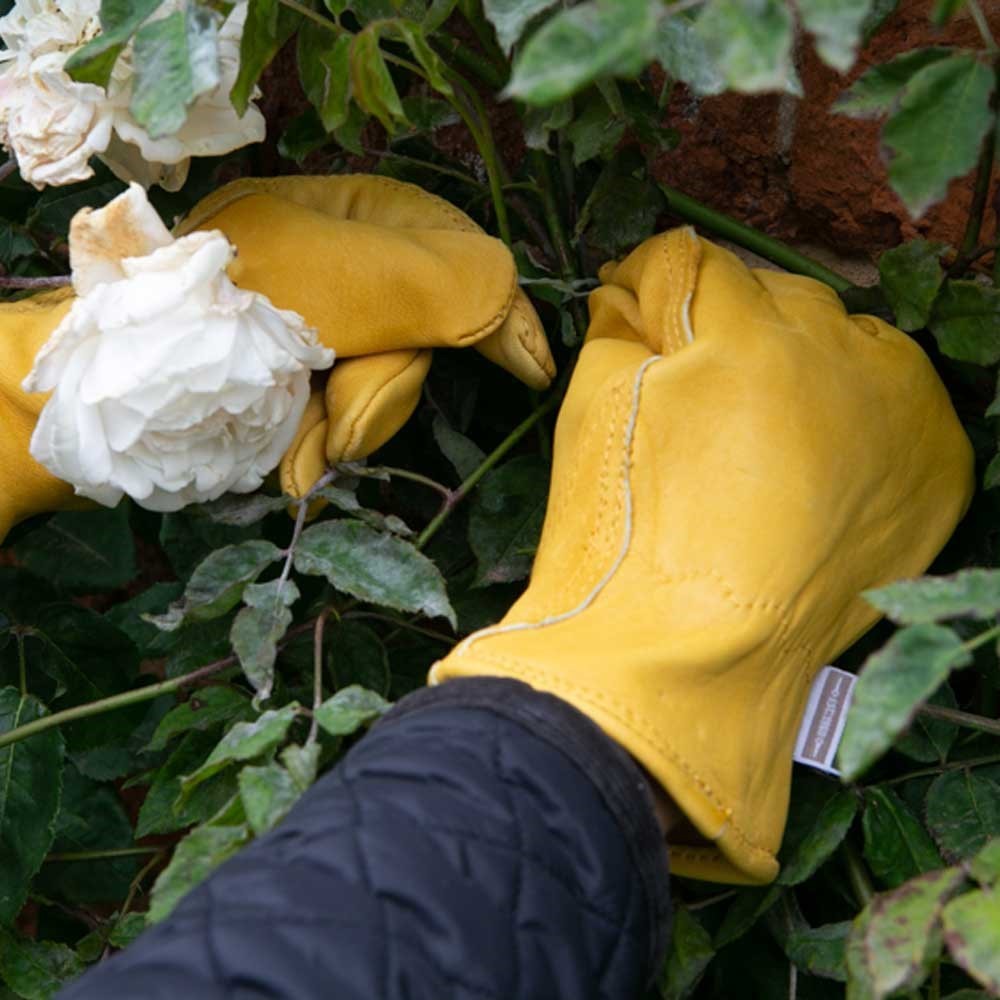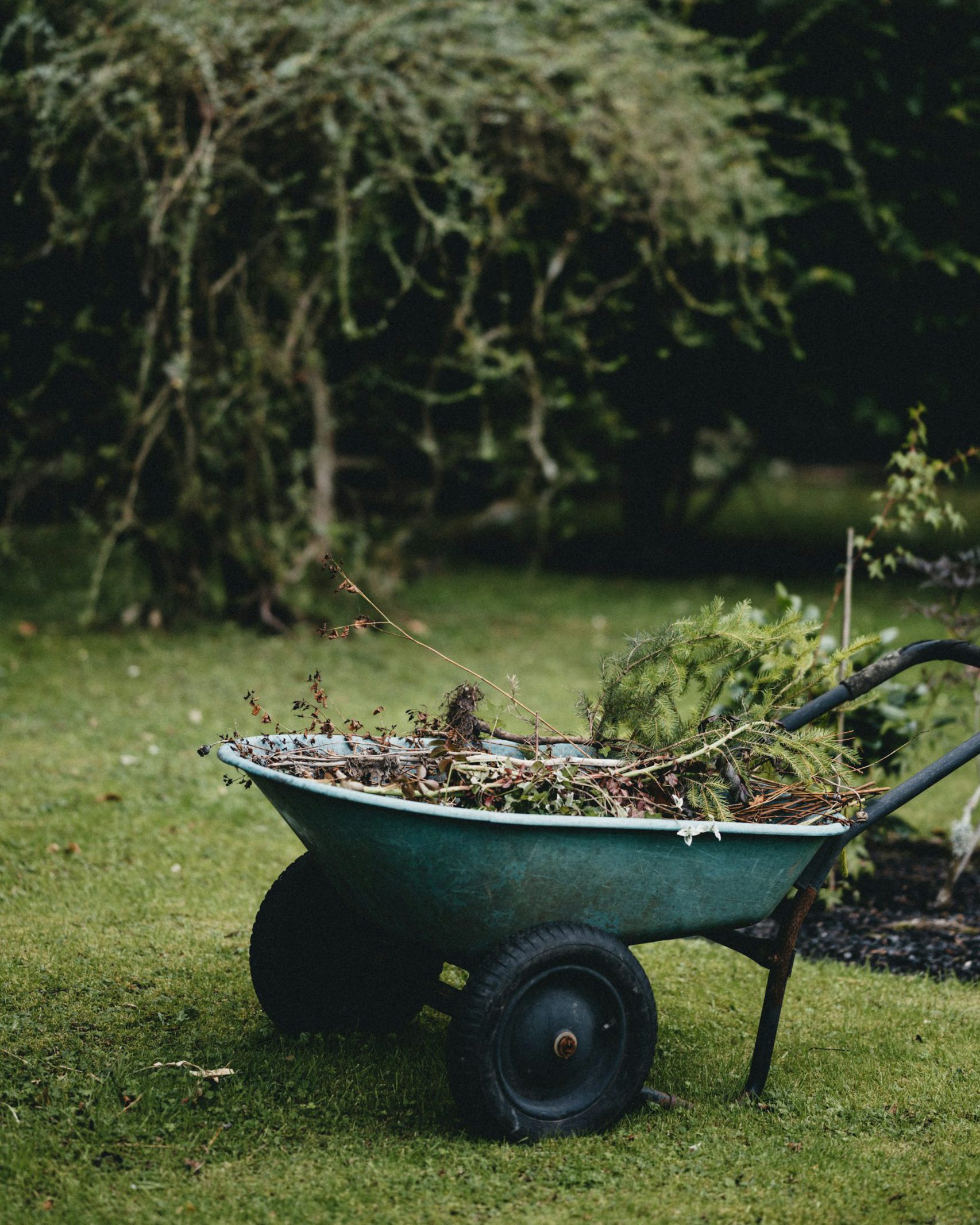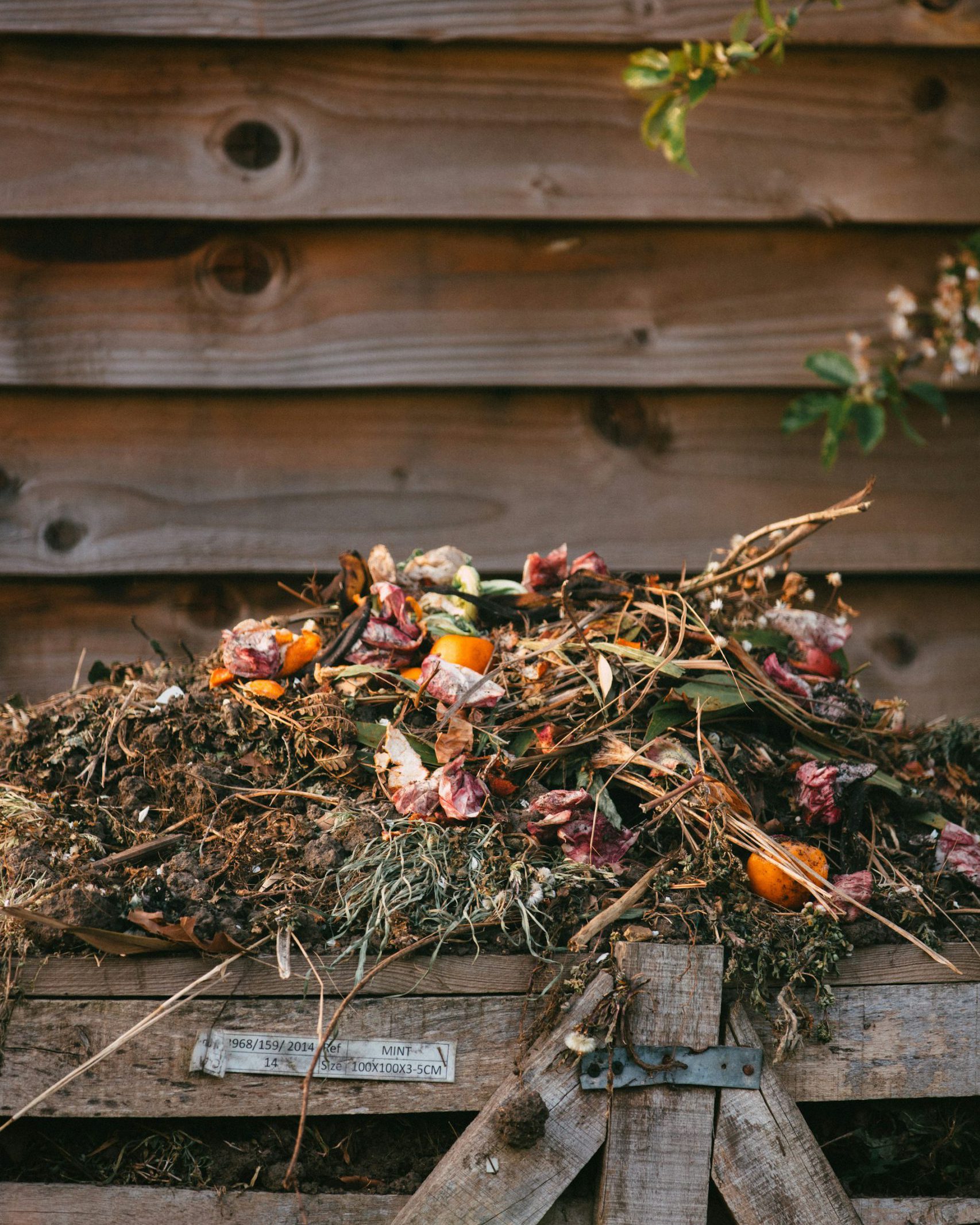
Eleanor Clarke
OUTDOOR PLANTS
Masterclass: Pruning Wisteria
Is there anyone out there who doesn’t adore and lust after wisteria? We thought not. It’s just such a magnificent plant, with those long, purple flower clusters that drip down in spring, bursting with fragrance and buzzing with bees. The ultimate purple rain.
Wisteria isn’t the easiest of climbers, however. That’s not to say it’s delicate – far from it, it’s tough and a prolific grower, reaching around 10 metres in height and spread. Leave it to do its own thing and you’ll end up with a tangled mess of whippy growth and little or no flowers. To flower well, the first thing it needs is a nice sunny wall or pergola to clamber over.
There are plenty of plants that will do fine with haphazard, or even non-existent pruning. Wisteria isn’t one of them. This twice-yearly regime may seem brutal, but don’t worry, you’re simply diverting the plant’s energy from producing new shoots to flowering. Be strict, follow our advice and you’ll have a plant that’s the envy of all your neighbours spring after fabulous spring.
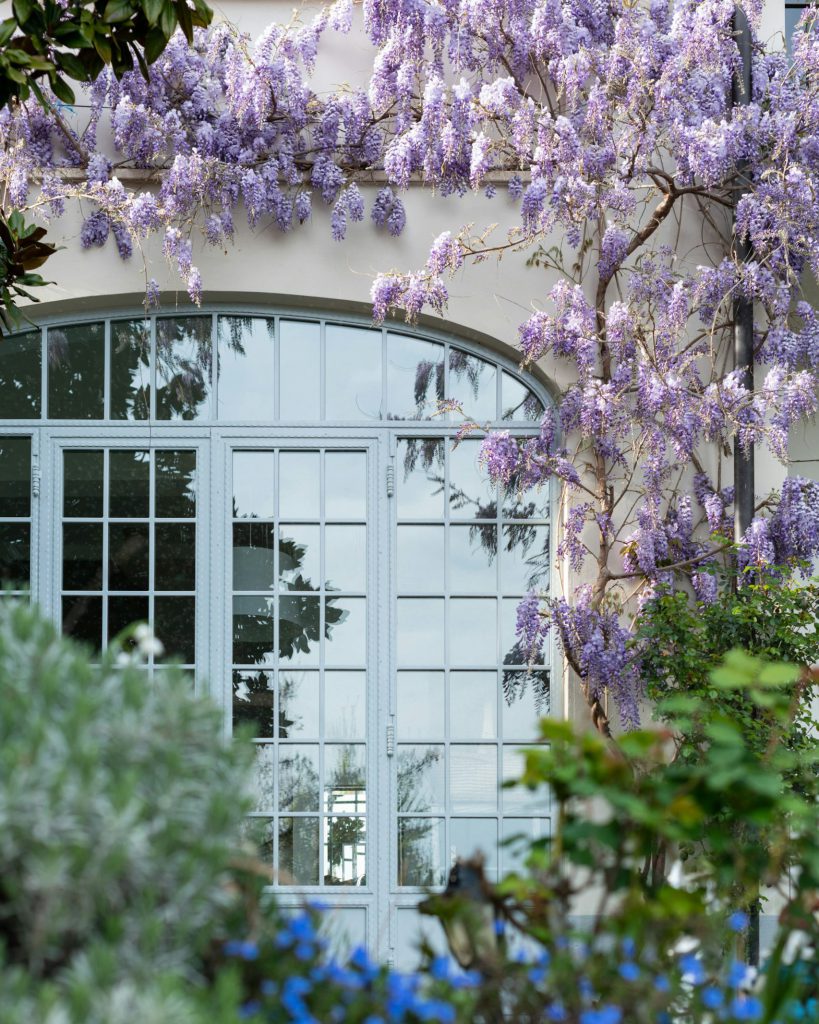
The Nunhead Gardener's Wisteria Masterclass
The aim
What you want to end up with are one or two strong, eventually tree-like vertical stems, then a framework of sturdy horizontal branches with plenty of stubby side shoots, which is where the flowers will dangle in spring.
In late summer
Tie in any stems that you need to keep – to fill gaps on a wall or pergola. Then shorten stems that have outgrown their space. Cut back whippy side shoots to five or six leaves from the main stem. This controls all that crazy long growth, encouraging it to become flowering spurs instead.
In winter
Cut back the side shoots you pruned in summer to two or three buds. Remove any new shoots coming up from the base of the plant. This keeps your wisteria tidy and means the flowers won’t be hidden by leaves.
Pruning new plants
Tie in stems horizontally to cover your wall/pergola and remove anything you don’t want. After two years you should have a decent framework of branches, when you can begin your twice-yearly pruning regime, leaving the main stems to fill the space you’ve allocated.
Pruning overgrown, neglected plants
If you’ve inherited a wisteria that’s been allowed to run riot, the best time to tackle it is in winter. Be brave (wisterias are tough plants) and get rid of all the whippy growth, then gradually prune back to a neat framework of branches, removing anything that’s growing away from your wall/pergola, as well as stems that are rubbing together, dead or diseased.
Read more:
OUTDOOR GARDENING
INDOOR & OUTDOOR GARDENING
GARDENING
Shop from this story:
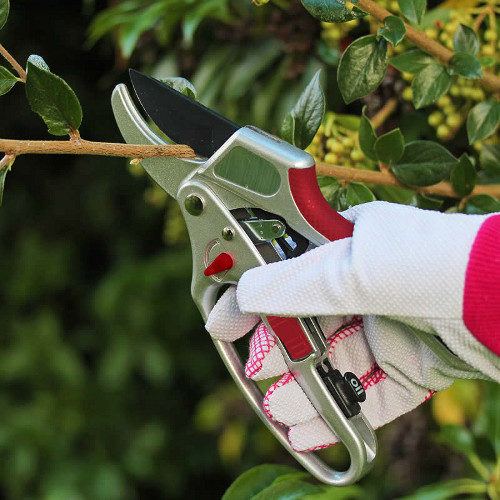
Garden Tools
